- September 25, 2017
- Posted by: peakalpha2023
- Category: Livemint

X called on a lazy Sunday afternoon asking to see me immediately. I told her that Sundays are for family, but I’d be happy to meet the following day. What she said next made me abandon my lunch midway, and rush to meet her. X was suicidal and was going to try something drastic again unless she saw some way out of her predicament. I run a financial advisory firm, not a suicide helpline. However, I am familiar with women in situations of financial distress because that is when they finally reach out for help.
X had lost her job more than a year ago and had piled up enormous debts. As the bills kept mounting each month, X found herself sucked into a debt vortex she couldn’t extricate herself from. The bank’s recovery agents threatened her at odd hours and terrorized her to a point where she was fearful of stepping out of her house.
What followed was a year of methodical planning and intense effort to clear her liabilities. We encouraged X to take up a job that paid far below her earlier salary, but at least it was secure and generated a steady income. X moved out of her apartment and into a paying guest accommodation near her workplace, thereby saving a bundle on rent and commuting cost. She cut down her routine expenses to threadbare, stopped Internet and cable TV subscriptions, and barely used electricity in her house. Those quite literally were some of her darkest days.
Besides selling excess furniture and jewellery, X stowed away nearly 50% of her earnings towards loan repayment each month. On weekends, X taught computer programming to neighbourhood children and earned additional income. Today, 14 months later, X is finally debt free. It’s been a tough lesson to learn, but hopefully one that she will never forget.
The above is a case of debt gone horribly wrong. However, not all debt is bad. Unless we are very wealthy, many of us need to borrow money to fund immediate goals. You realize your financial goals by a combination of assets you own today and those you will create in the future. If current assets are insufficient to fund current goals, you have the option to draw down from your future income stream by availing a loan today. However, you would only choose this option if you are certain of your future income so you can finance the loan comfortably.
There are several instances when I have actively recommended loans to my clients. Let’s call them ‘good’ loans. These loans fund an asset that appreciates in the future, leaving you better off in the long run. They enable you to leverage money today and enjoy a lifestyle which otherwise would not have been possible until years later. Examples of these are home loans and student loans or sometimes even business loans. However, such debt should be accompanied by careful research on interest rates, charges and penalties, and a clear plan on how you can clear them in a realistic time frame.
Home loans help you invest in an asset that can appreciate in the future. Similarly, student loans allow you to invest in yourself. Business loans help you create an asset and increase future income. The interest on home loans and student loans also benefit from tax breaks, bringing down the cost of borrowing further.
Sometimes I advise clients to continue a home loan even if they have the money to pay it down. If the cost of borrowing is lower compared to investing the money in an instrument of comparable risk that offers a higher tax-adjusted return, then over time it is prudent to let the loan run its course, while you invest your surplus in other high yielding avenues. Such a decision is a personal choice, since some people prefer to be debt free as quickly as possible, even if the debt is low cost. However, you must prioritize clearing all liabilities, no matter how small, before you enter retirement.
The second kind of ‘good debt’ is one which is taken for tactical purposes. For example, I encouraged one of my clients to avail a loan in the UAE with very low interest rates to fund a risk-free investment that generated a higher return in India. The clear arbitrage between the two rates presented an interesting opportunity for wealth creation.
Debt becomes unhealthy when you have too much of it, with limited or no means to repay. Loans taken to purchase non-essential items that don’t create future wealth are ‘bad loans.’ Such loans have high interest costs, offer no tax benefits and drain your savings. The stress of paying EMIs over several years far outweighs the immediate gratification derived. Personal loans with high interest rates, high-interest loans taken to finance lower-interest loans, credit card debts, or loans taken for holidays and other extravagances, are examples of bad debts. Interest costs and penalties on these loans are high, which grow exponentially over time. Credit cards, for example, charge more than 30% on the outstanding amount. If these loans are not cleared on time, your outstanding balance could double in two years.
I’m no fan of Donald Trump, but I recall an anecdote from his book The Art of the Comeback. Trump once famously pointed to a beggar on the street and stated that the beggar was far wealthier than him. He explained that even though the beggar had no assets, he also did not have liabilities. Trump, on the other hand, owned large assets, but his liabilities far exceeded those assets, leaving him with a negative net worth of $900 million. At least now I know why Trump finds himself a-loan even within his own Republican party.
Priya Sunder is director and co-founder of PeakAlpha Investments
